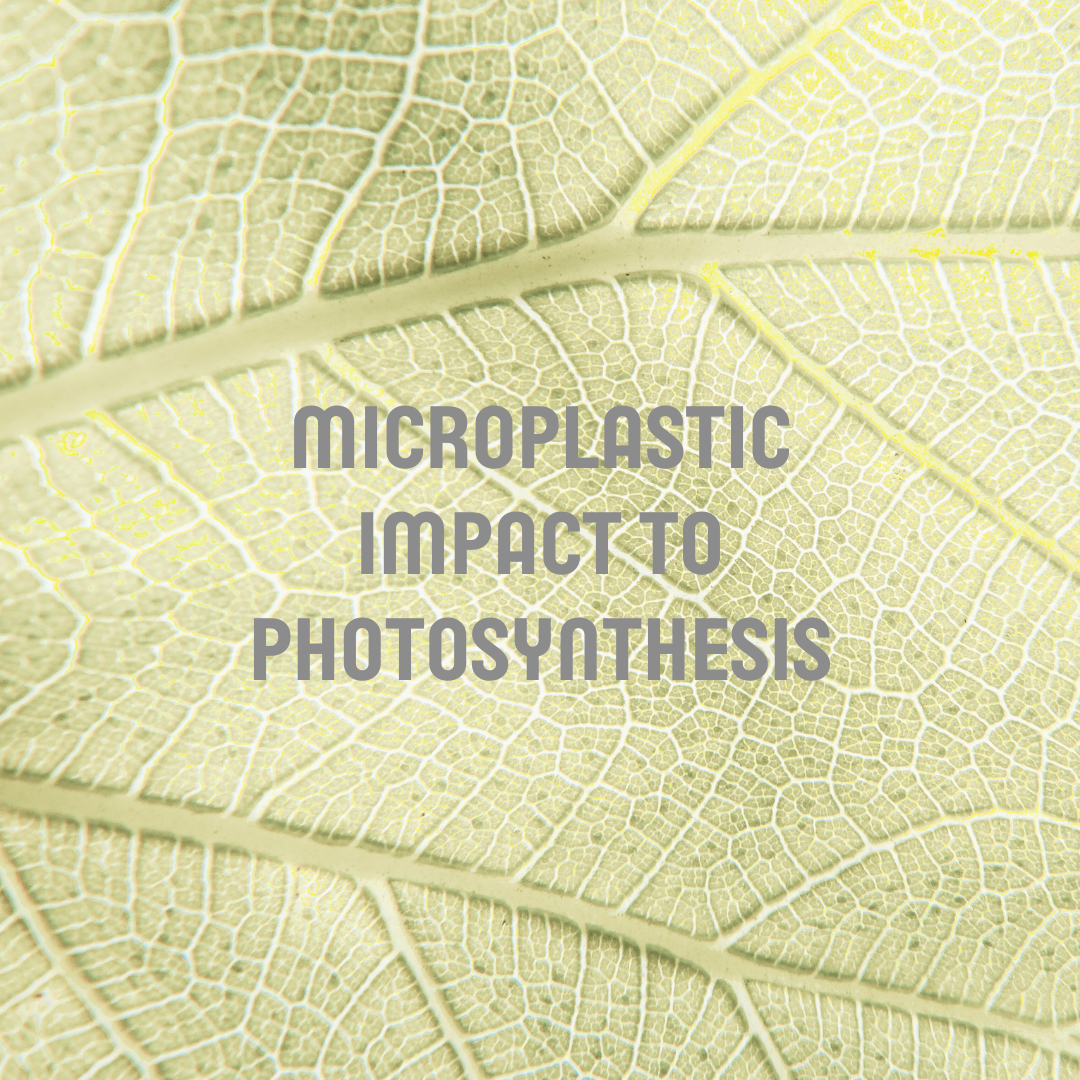How Microplastics Are Threatening Our Food Supply — And Why It Starts with Our Everyday Habits
Based on reporting from The Guardian
Microplastics are no longer just a problem for the oceans—they’re becoming a major threat to how we grow food.
A March 2025 report from The Guardian highlights alarming new research: microplastics are interfering with plant photosynthesis by disrupting the soil’s structure and chemistry. Researchers found that microplastics reduce the amount of chlorophyll in plants, block light absorption, and hinder water and nutrient uptake. Over time, this damage can cause major reductions in crop yields.
The scale of the impact is staggering. According to the study, losses in staple crops like wheat, maize, and rice could reach between 4% and 14%, potentially placing up to 400 million people at risk of food insecurity within the next two decades.
Where Are These Microplastics Coming From?
Many of us associate microplastics with obvious sources like packaging or synthetic clothing—but they’re also hiding in unexpected places, including our household cleaning routines.
Laundry detergent sheets and pods are a growing trend in the name of convenience and sustainability. But many of these products use polyvinyl alcohol (PVA or PVOH), a water-soluble plastic film designed to dissolve during the wash cycle. While it dissolves in water, research shows PVA does not fully biodegrade in most wastewater treatment systems, meaning it can enter waterways and soil systems as microplastic pollution.
Once there, these particles don’t just float aimlessly they infiltrate the root zones of plants, bind to organic matter, and disrupt the very ecosystems our food depends on.
A Call for Awareness
The findings shared by The Guardian underscore a vital truth: microplastics don’t just pollute, they actively degrade natural processes like photosynthesis, which is essential for life on Earth. They aren’t just an eyesore or a marine hazard, they’re now a crop-yield risk, a food security issue, and a public health concern.
This research serves as a call to rethink the materials and chemicals we bring into our homes. Whether it’s packaging, synthetic fibers, or even the films used in everyday products, small choices add up.
A New Generation of Clean
Thankfully, more brands and consumers are beginning to ask hard questions. What does “biodegradable” really mean? Is “dissolvable” the same as “non-toxic”? Products that look eco-friendly on the surface may still contribute to long-term environmental damage if they rely on synthetic polymers like PVA.
Some detergent alternatives, including newer-generation laundry sheets, are stepping up by eliminating PVA and other microplastic contributors entirely. These products show it’s possible to have both cleaning power and environmental safety without compromise.
The takeaway? Microplastics are everywhere but they don’t have to be.
The choices we make at home have a ripple effect that extends far beyond the laundry room. It's time to clean with intention.
How Microplastics Impact Photosynthesis
